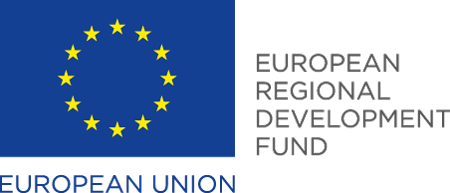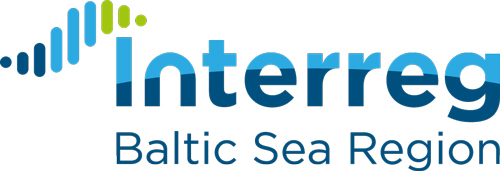We are STM – Fabio Renda, ICT Project Manager & Software Engineer, CIMNE, Spain
Sea Traffic Management can be described as developing the base and backbone of e-navigation in the future. To realise that prediction, advanced technical solutions are required as well as considerable communication efforts and business understanding to convince decision-makers that STM is the way forward. Fabio Renda at CIMNE, ICT project manager and software engineer, has been a leading figure in the technical architecture. He also possesses the ability to communicate the advanced technical solutions in a comprehensive and illustrative manner. Meet Fabio for a deeper understanding of STM and some surprising comparisons.
Interview
How would describe STM to someone totally unfamiliar with the concept?
The STM is developing the infrastructure to communicate and operate in the e-maritime field. It will be the base and backbone of e-maritime in the future. Using STM infrastructure and standards, you can build new technical services for the maritime field. Then you can combine these technical services and build increasingly complex operational services such as Route Optimisation, Winter Navigation and Enhanced Monitoring.
To make it more tangible I´ll use a metaphor. The world consists of several countries and Sea Traffic Management can be described as a union, like for example the European Union. If you are STM compatible, you are a member of the union and can easily cross borders and travel freely without any hassle. STM gives you a valid passport for travel. The passport is the X509 certificate issued by the STM. And the police officer at the border control checking your passport is the SeaSWIM Connector that verifies your ID.
Fabio, you work for CIMNE, how is CIMNE contributing to the Sea Traffic Management Validation Project?
CIMNE is heavily involved in many aspects and sub-activities of the STM project, such as the European Maritime Simulator Network, Voyage Management and SeaSWIM (System Wide Information Management). The role of CIMNE has been to identify stakeholder requirements and design a system and architecture that meet our customers’ needs. We create the architectural groups and work as architects, integrators and developers to build, for example, VIS – Voyage Information Service.
The Voyage Information Service, what is that?
The Voyage Information Service is the technical service forming the base of operational services such as Route Optimisation, Winter Navigation and Enhanced Monitoring.
You could say that VIS is like Lego… VIS is a block of Lego, with blocks of Lego you can build a cube but you could also build a car. And Lego is safe so that young children can play with it without any danger. STM is as safe as a bank: it uses the same standards as banks use to verify its users.
In your opinion, what are the greatest benefits of Sea Traffic Management?
It gives you the opportunity to optimise the maritime field. If you cannot measure it you cannot optimise it. Here, if you cannot share, you cannot optimise. If you can share safely what you want, you can optimise and create new business models. New services that will solve numerous problems and generate new business models.
What’s it like to work within STM?
I have about 10 years experience involving innovation projects with big consortiums. I find people more motivated in the STM Validation Project than any other. There is a tremendous ambience, a special feeling that something unique has been born and is now moving forward. People like what they are doing and want to make an effort and contribute. We work together in finding solutions, which makes for a very fruitful process.
How will STM contribute to the shipping community in the future?
We are contributing by building the foundation for future development. Without this base we cannot proceed. STM is bringing together a wide range of stakeholders who didn´t communicate in the past but now have a common perspective and can share information. It´s like the Internet… people are now connected. STM empowers people and organisations to build the future.







